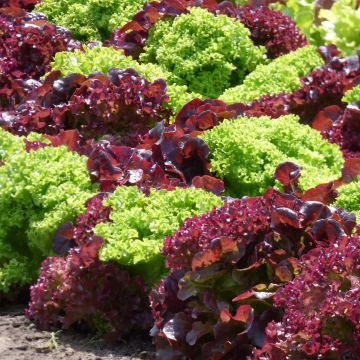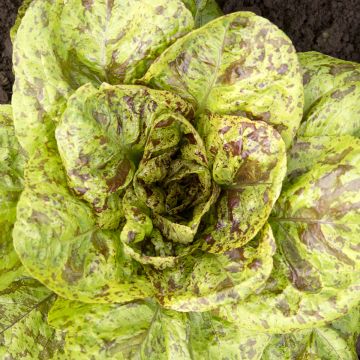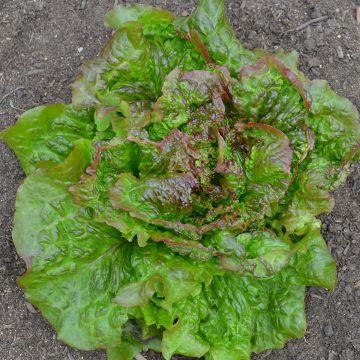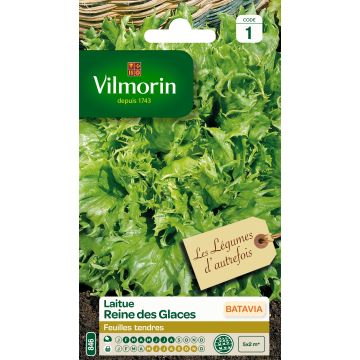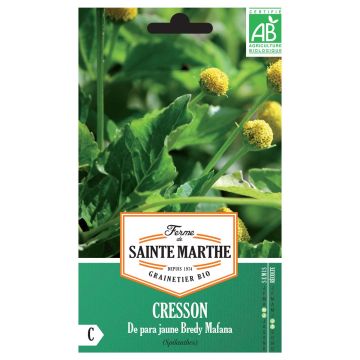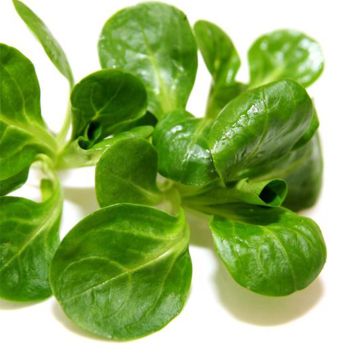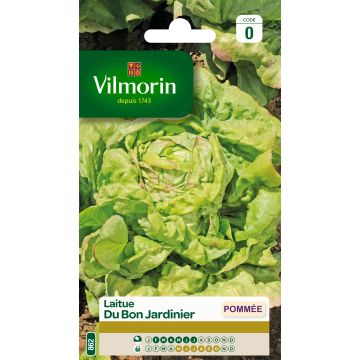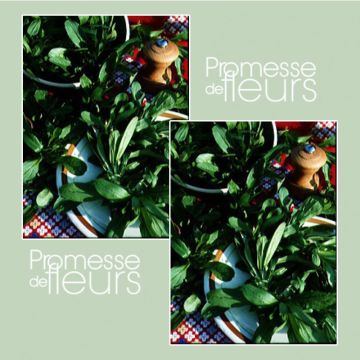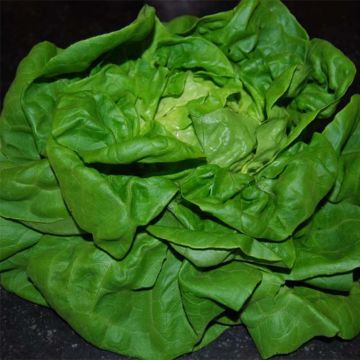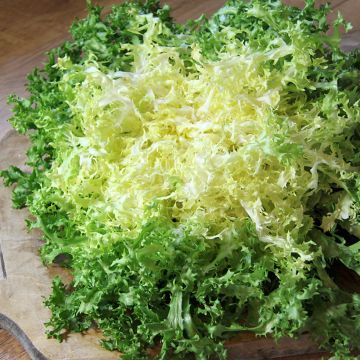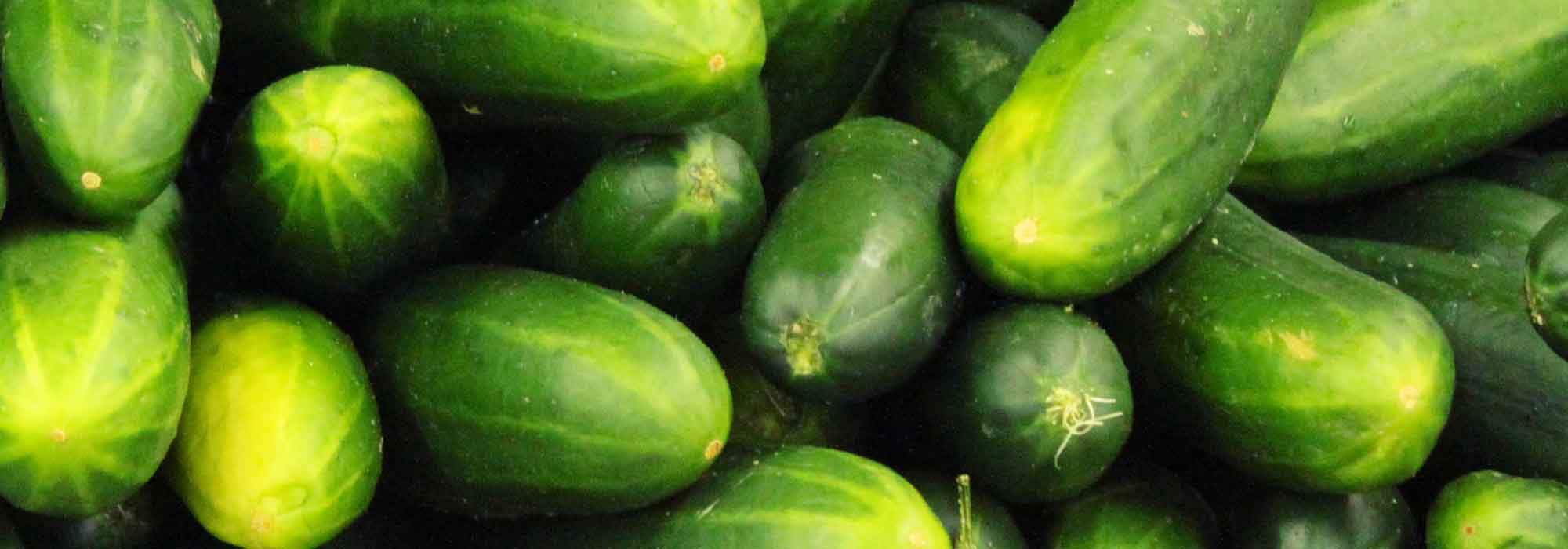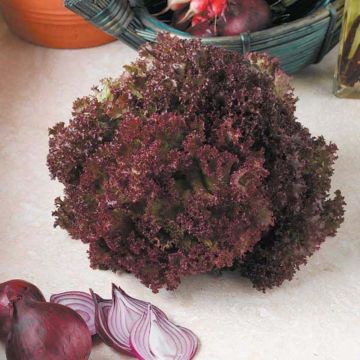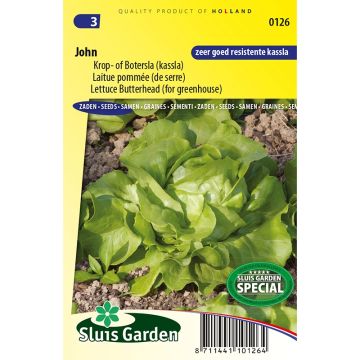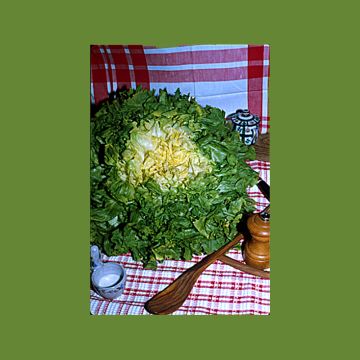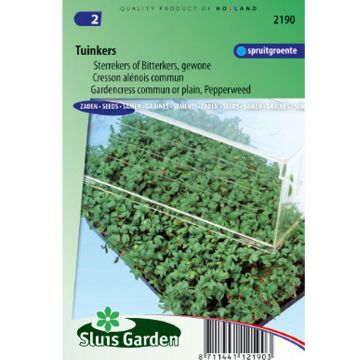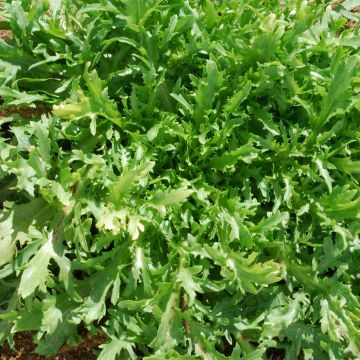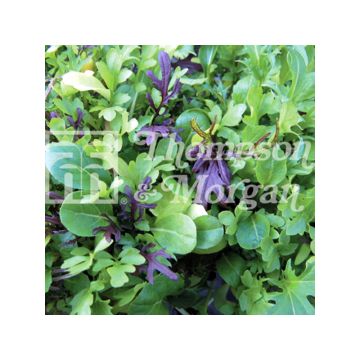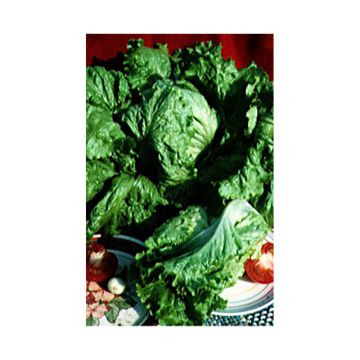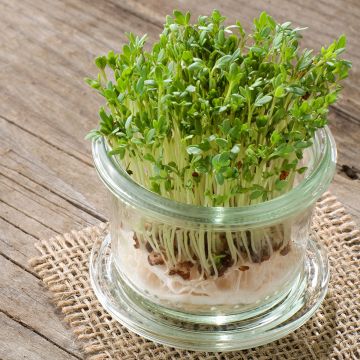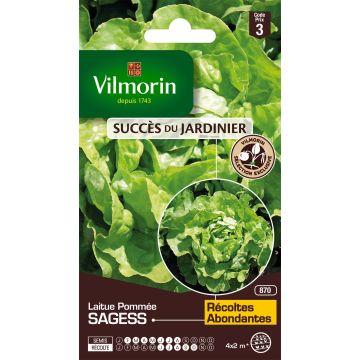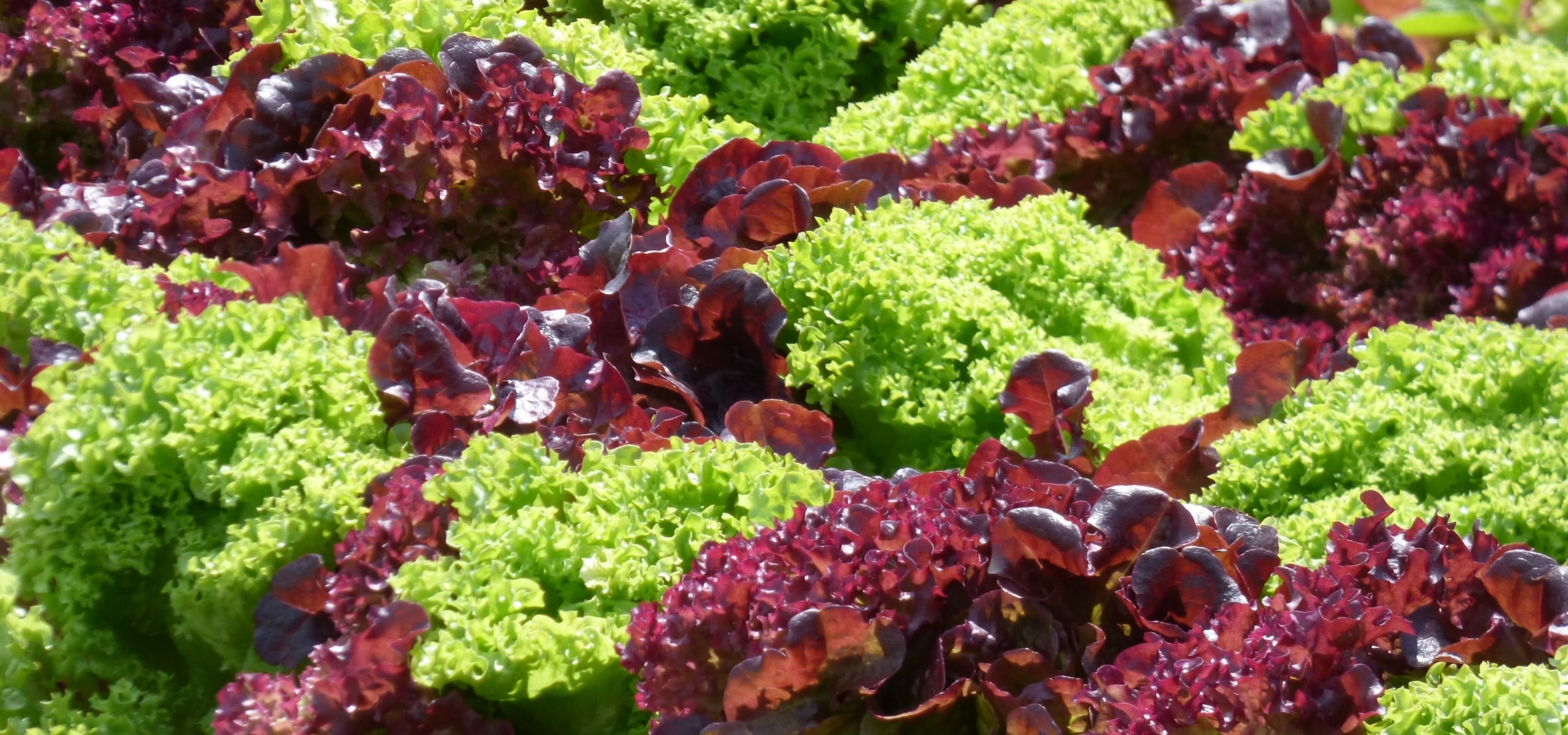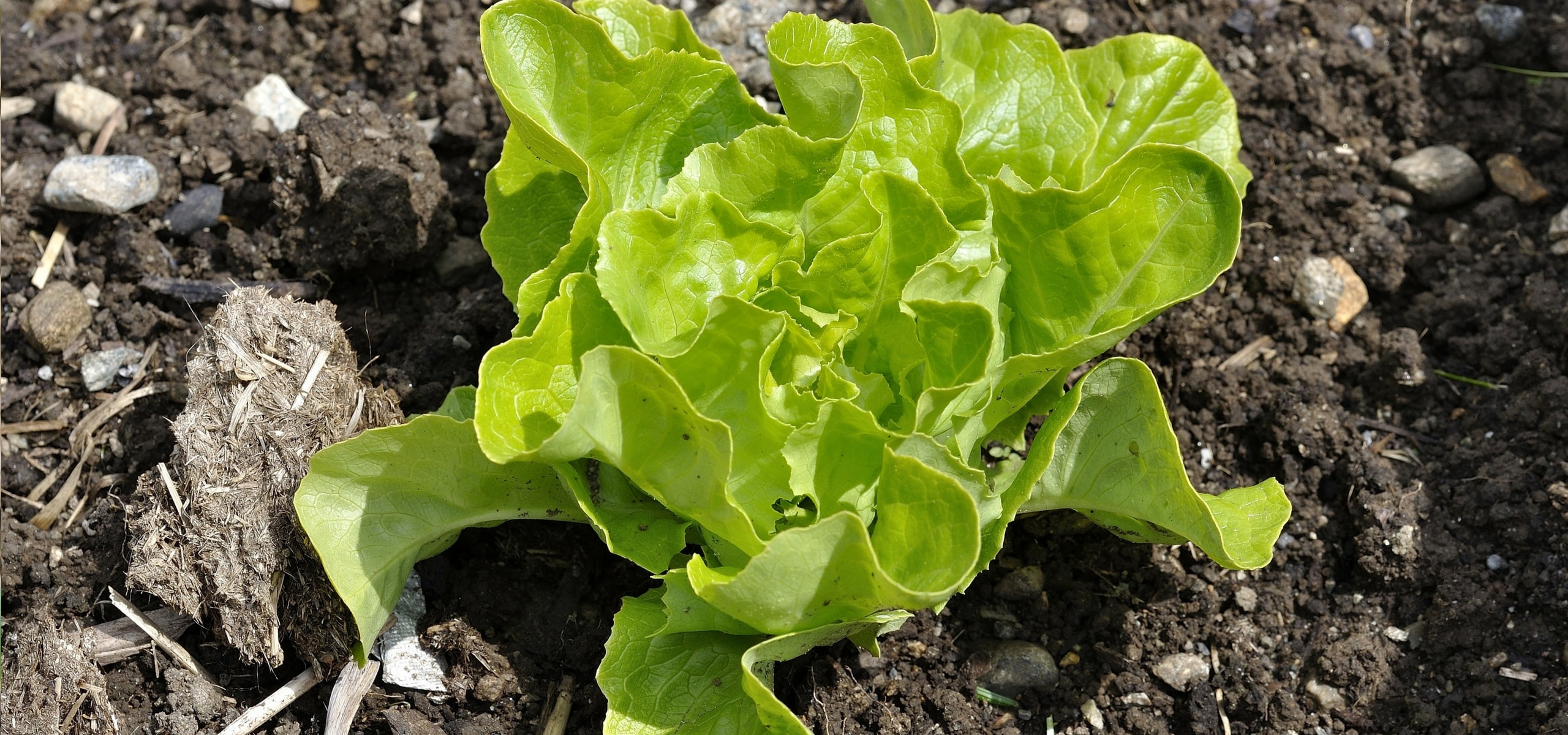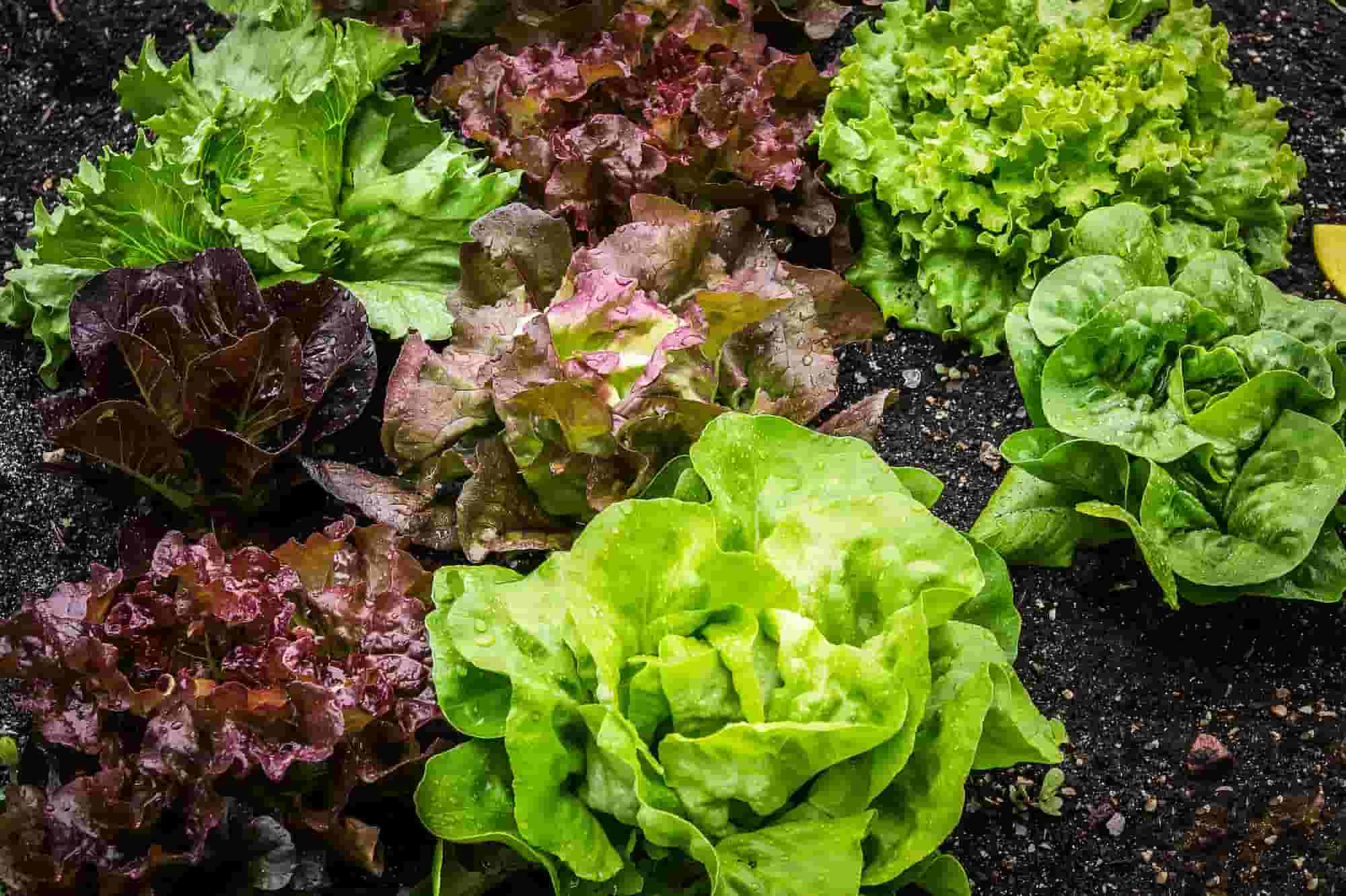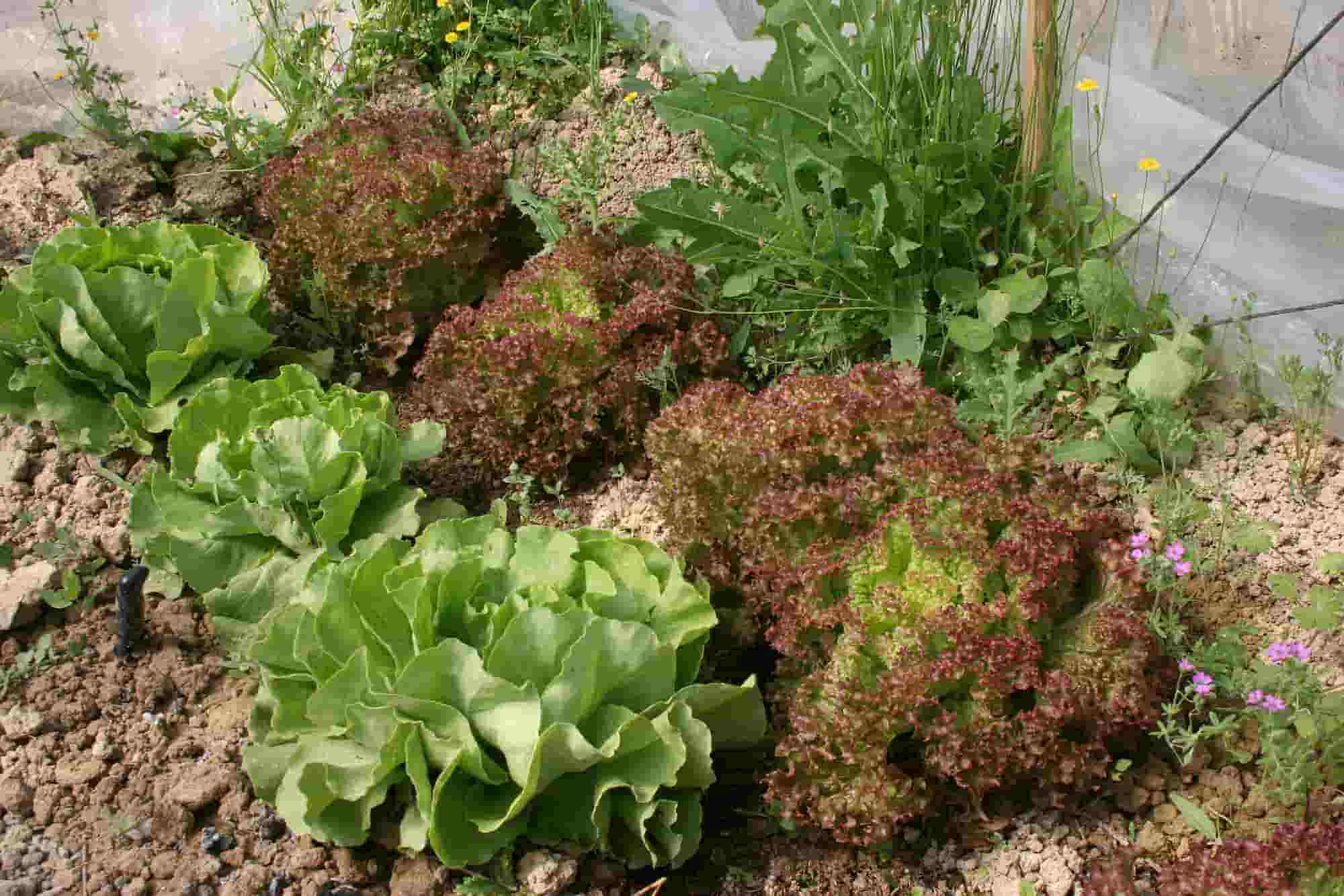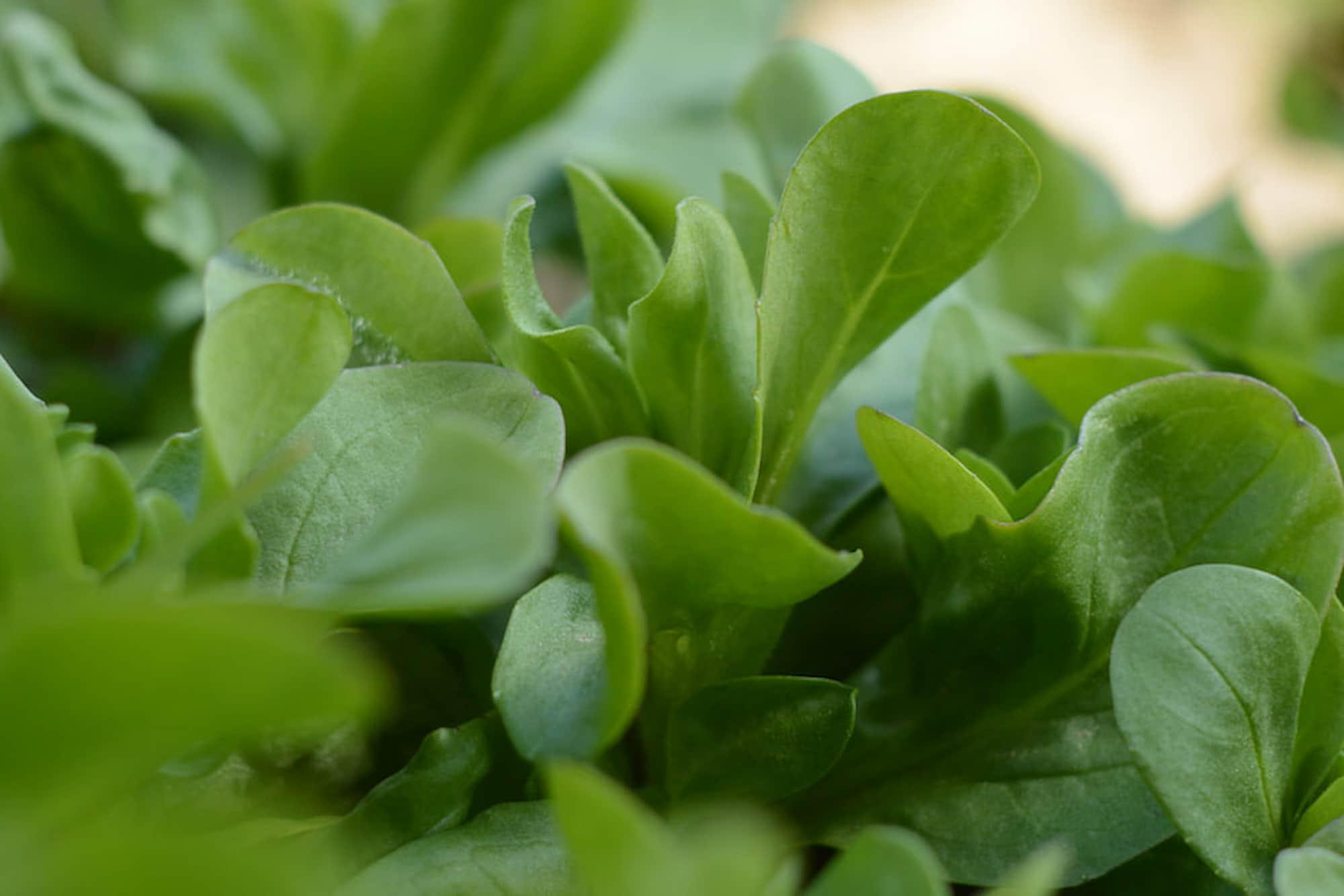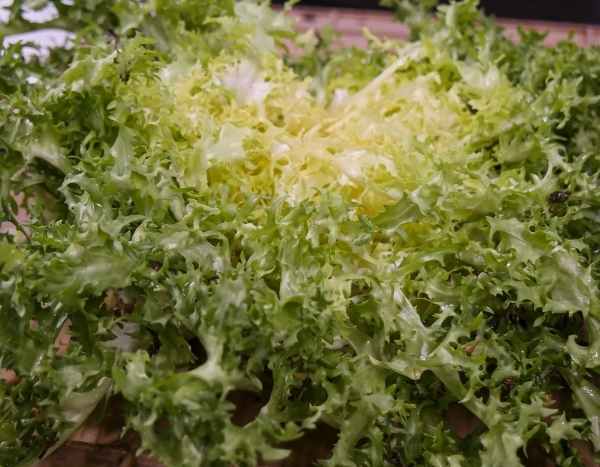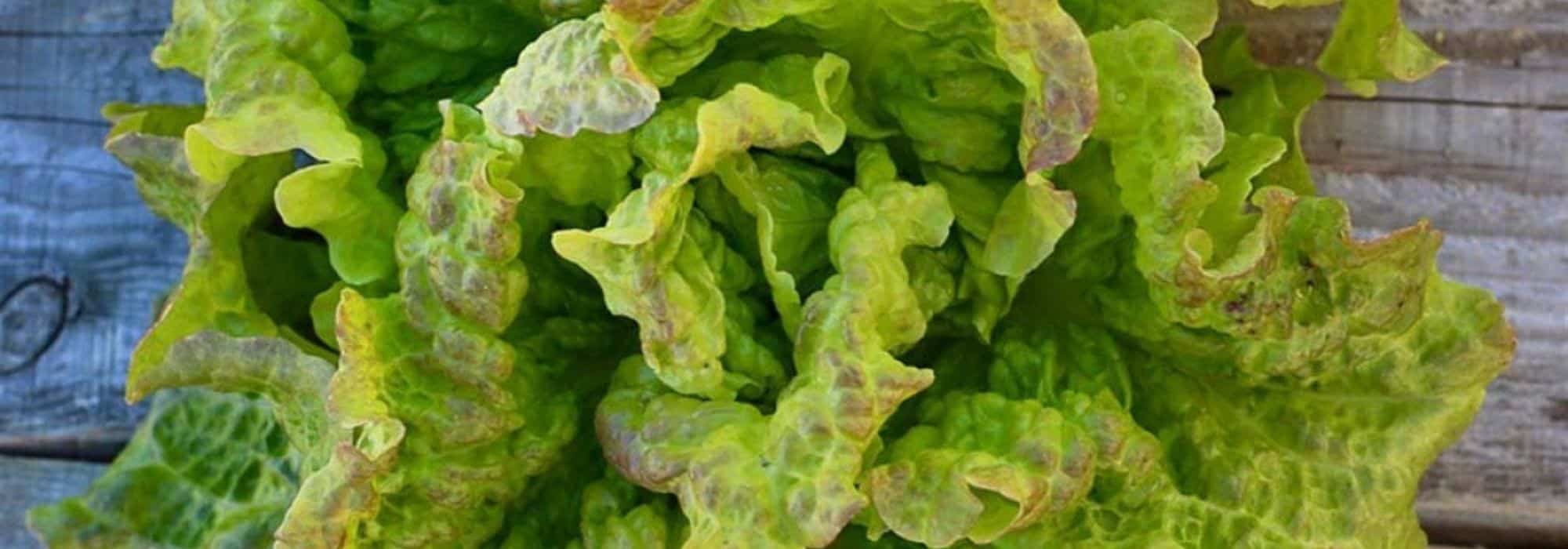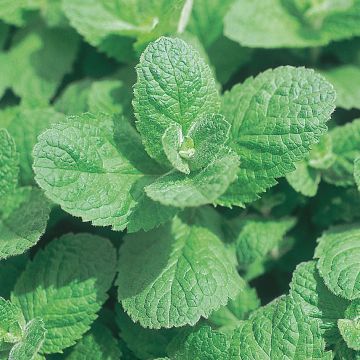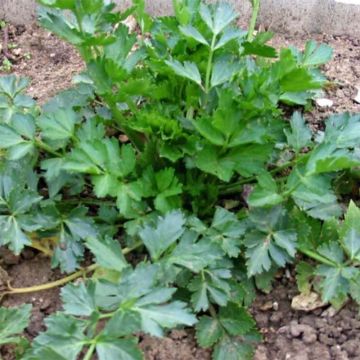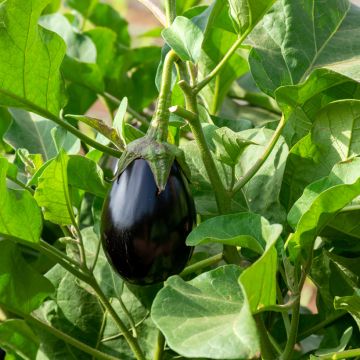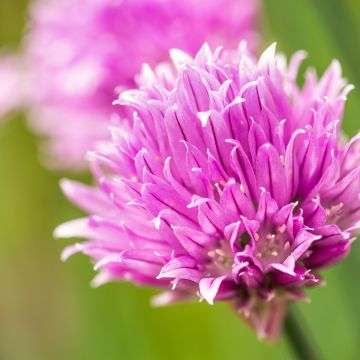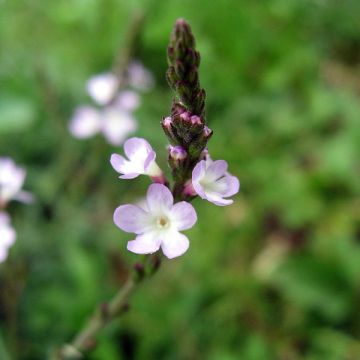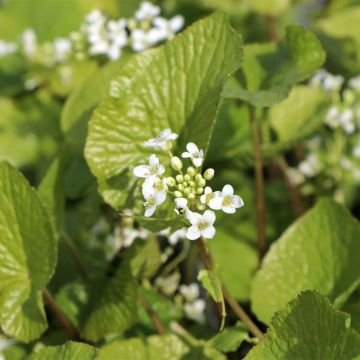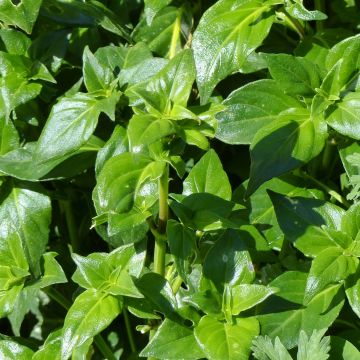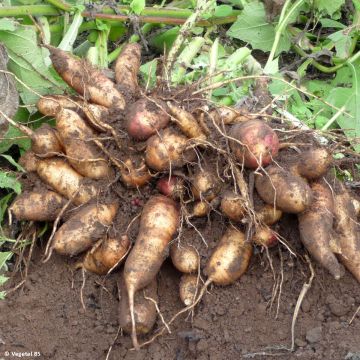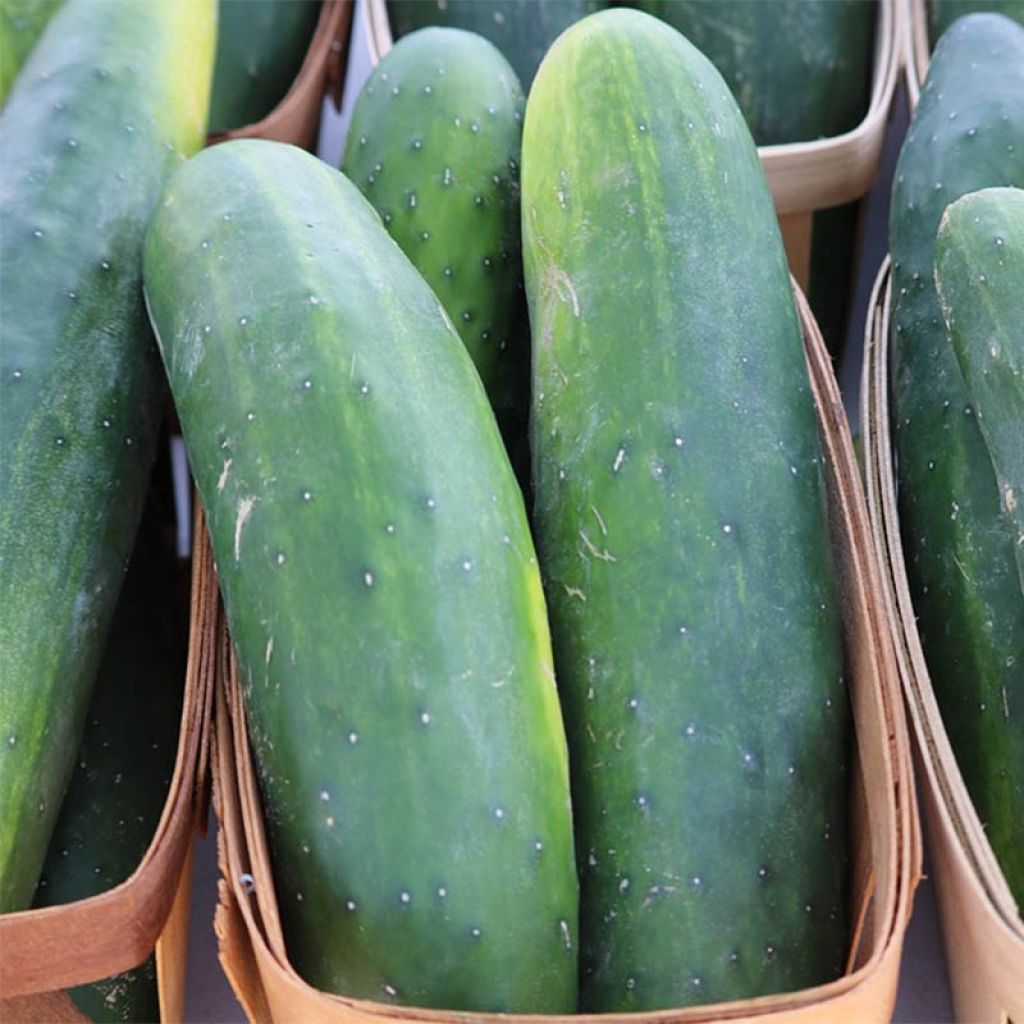

Concombre Raider F1 en pot de 10,5cm
Cucumber Raider F1 plants - Cucumis sativus
Cucumis sativus Raider F1
Cucumber
Good quality cucumber, very tasty, few small seeds, good yield in 2021, around twenty cucumbers from three plants, I will try planting again in 2023. Do not prune the stems.
Claude, 13/08/2022
Special offer!
Receive a €20 voucher for any order over €90 (excluding delivery costs, credit notes, and plastic-free options)!
1- Add your favorite plants to your cart.
2- Once you have reached €90, confirm your order (you can even choose the delivery date!).
3- As soon as your order is shipped, you will receive an email containing your voucher code, valid for 3 months (90 days).
Your voucher is unique and can only be used once, for any order with a minimum value of €20, excluding delivery costs.
Can be combined with other current offers, non-divisible and non-refundable.
Why not try an alternative variety in stock?
View all →This plant carries a 6 months recovery warranty
More information
We guarantee the quality of our plants for a full growing cycle, and will replace at our expense any plant that fails to recover under normal climatic and planting conditions.
Description
The Raider F1 Cucumber is a semi-long variety intended for field cultivation. The sowing period extends from March to May for a harvest from July to October. Very productive, it will ensure a staggered production of slightly spiny dark green fruits, about 20cm (8in) long. It is an easy-to-grow cucumber with dense and juicy flesh.
Cucumbers thrive in light, loose, moist, and humus-rich soils. They prefer sunny exposures and temperatures between 18 and 22°C. They are quite water-hungry vegetables that need regular watering.
Cucumber, along with tomatoes, is one of the star vegetables of summer: refreshing and low in calories, it can be enjoyed in a mixed salad or on its own, with, for example, a yoghurt-based sauce, lemon, and dill.
There are two main types of cucumbers: "forcing" varieties intended for greenhouse cultivation, and those adapted to outdoor cultivation. They can be smooth or spiny, long or semi-long. In addition to these classic varieties, there are also more "exotic" cucumbers such as the Kenyan Cucumber or the Snake Cucumber, which are generally more heat-demanding.
Some varieties are labelled "F1 hybrid" or simply "F1". These are varieties that result from carefully selected parent crosses to combine their qualities. This results in varieties that can be particularly flavourful and/or early while also being resistant to certain diseases. F1 hybrid seeds are therefore very interesting both for their uniformity and their resistance, but unfortunately, these qualities do not pass on to the next generation: it will not be possible to save the seeds for the following season.
Harvest: Cucumbers should be harvested when they have reached their final size, before their colour turns yellow. Remember to harvest regularly to encourage the formation of new fruits.
Storage: Cucumbers can be stored in the refrigerator for several days. To enjoy your harvest for longer, you can also preserve them in jars through lacto-fermentation or in vinegar.
Gardener's tip: Like all cucurbits, cucumber can be susceptible to powdery mildew: a white coating appears on the foliage. It is important to remove heavily affected leaves and spray with sulfur every 2 weeks. In case of minor infestation, you can also treat the plants with skimmed milk diluted at 10 to 20% in rainwater. As a preventive measure, avoid watering the foliage and make sure to properly ventilate your greenhouse if the cultivation takes place indoors. An extract of horsetail can also be sprayed to strengthen the foliage's resistance.
Harvest
Plant habit
Foliage
Other Salad leaves
View all →Planting and care
Cucumber is a fairly demanding vegetable that requires rich soil. It is advisable to make a compost application (about 3kg per m²) in the autumn, by incorporating it to a depth of 5cm (2in), after having loosened the soil, as is the case for all vegetable crops. It prefers neutral soils (pH 7) but will also do well in slightly acidic or alkaline soil (pH between 5.5 and 7.5).
In the vegetable garden, cucumbers appreciate the company of lettuces and beans. Conversely, avoid placing them next to potatoes and tomatoes.
Planting:
First, let the plug plants grow by transplanting them into trays or buckets with a diameter of 8 to 13cm (3 to 5in), filled with compost. Place the plants in a warm and bright place. Water regularly.
Planting in open ground is done from mid-May to June, when the soil is sufficiently warmed up and the risk of frost has passed. Space the plants 1m (3ft) apart in all directions if the cultivation is done flat or 1m (3ft) between rows and 50cm (20in) within the row if the cultivation is trellised. Dig a hole, place your plant with the graft point at ground level and cover with fine soil. Firmly press down and water thoroughly.
Cucumber cultivation:
Cucumbers can be grown flat, but to save space and promote production, don't hesitate to use their climbing nature by training them: on a frame covered with wire mesh, inclined at 45%, they will provide beneficial shade to lettuces or even on a teepee to add some whimsy to the vegetable garden.
When the plants are trellised vertically, the cultivation is done on a single stem, which should be pinched at a maximum height of 2.5m (8ft).
When grown flat, pinch above the second leaf to obtain two stems, which will then be pinched above the 4th leaf. The final pruning involves cutting to one leaf above each formed fruit.
Plan for 2 or 3 hoeings and a mulch at the beginning of summer to keep the soil moist.
Cultivation
Care
Intended location
Planting & care advice
-
, onOrder confirmed
Reply from on Promesse de fleurs
Similar products
Haven't found what you were looking for?
Hardiness is the lowest winter temperature a plant can endure without suffering serious damage or even dying. However, hardiness is affected by location (a sheltered area, such as a patio), protection (winter cover) and soil type (hardiness is improved by well-drained soil).

Photo Sharing Terms & Conditions
In order to encourage gardeners to interact and share their experiences, Promesse de fleurs offers various media enabling content to be uploaded onto its Site - in particular via the ‘Photo sharing’ module.
The User agrees to refrain from:
- Posting any content that is illegal, prejudicial, insulting, racist, inciteful to hatred, revisionist, contrary to public decency, that infringes on privacy or on the privacy rights of third parties, in particular the publicity rights of persons and goods, intellectual property rights, or the right to privacy.
- Submitting content on behalf of a third party;
- Impersonate the identity of a third party and/or publish any personal information about a third party;
In general, the User undertakes to refrain from any unethical behaviour.
All Content (in particular text, comments, files, images, photos, videos, creative works, etc.), which may be subject to property or intellectual property rights, image or other private rights, shall remain the property of the User, subject to the limited rights granted by the terms of the licence granted by Promesse de fleurs as stated below. Users are at liberty to publish or not to publish such Content on the Site, notably via the ‘Photo Sharing’ facility, and accept that this Content shall be made public and freely accessible, notably on the Internet.
Users further acknowledge, undertake to have ,and guarantee that they hold all necessary rights and permissions to publish such material on the Site, in particular with regard to the legislation in force pertaining to any privacy, property, intellectual property, image, or contractual rights, or rights of any other nature. By publishing such Content on the Site, Users acknowledge accepting full liability as publishers of the Content within the meaning of the law, and grant Promesse de fleurs, free of charge, an inclusive, worldwide licence for the said Content for the entire duration of its publication, including all reproduction, representation, up/downloading, displaying, performing, transmission, and storage rights.
Users also grant permission for their name to be linked to the Content and accept that this link may not always be made available.
By engaging in posting material, Users consent to their Content becoming automatically accessible on the Internet, in particular on other sites and/or blogs and/or web pages of the Promesse de fleurs site, including in particular social pages and the Promesse de fleurs catalogue.
Users may secure the removal of entrusted content free of charge by issuing a simple request via our contact form.
The flowering period indicated on our website applies to countries and regions located in USDA zone 8 (France, the United Kingdom, Ireland, the Netherlands, etc.)
It will vary according to where you live:
- In zones 9 to 10 (Italy, Spain, Greece, etc.), flowering will occur about 2 to 4 weeks earlier.
- In zones 6 to 7 (Germany, Poland, Slovenia, and lower mountainous regions), flowering will be delayed by 2 to 3 weeks.
- In zone 5 (Central Europe, Scandinavia), blooming will be delayed by 3 to 5 weeks.
In temperate climates, pruning of spring-flowering shrubs (forsythia, spireas, etc.) should be done just after flowering.
Pruning of summer-flowering shrubs (Indian Lilac, Perovskia, etc.) can be done in winter or spring.
In cold regions as well as with frost-sensitive plants, avoid pruning too early when severe frosts may still occur.
The planting period indicated on our website applies to countries and regions located in USDA zone 8 (France, United Kingdom, Ireland, Netherlands).
It will vary according to where you live:
- In Mediterranean zones (Marseille, Madrid, Milan, etc.), autumn and winter are the best planting periods.
- In continental zones (Strasbourg, Munich, Vienna, etc.), delay planting by 2 to 3 weeks in spring and bring it forward by 2 to 4 weeks in autumn.
- In mountainous regions (the Alps, Pyrenees, Carpathians, etc.), it is best to plant in late spring (May-June) or late summer (August-September).
The harvesting period indicated on our website applies to countries and regions in USDA zone 8 (France, England, Ireland, the Netherlands).
In colder areas (Scandinavia, Poland, Austria...) fruit and vegetable harvests are likely to be delayed by 3-4 weeks.
In warmer areas (Italy, Spain, Greece, etc.), harvesting will probably take place earlier, depending on weather conditions.
The sowing periods indicated on our website apply to countries and regions within USDA Zone 8 (France, UK, Ireland, Netherlands).
In colder areas (Scandinavia, Poland, Austria...), delay any outdoor sowing by 3-4 weeks, or sow under glass.
In warmer climes (Italy, Spain, Greece, etc.), bring outdoor sowing forward by a few weeks.






























